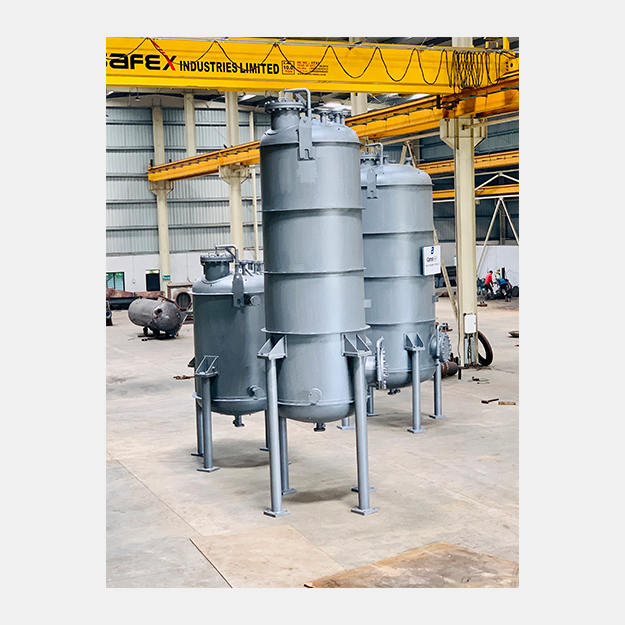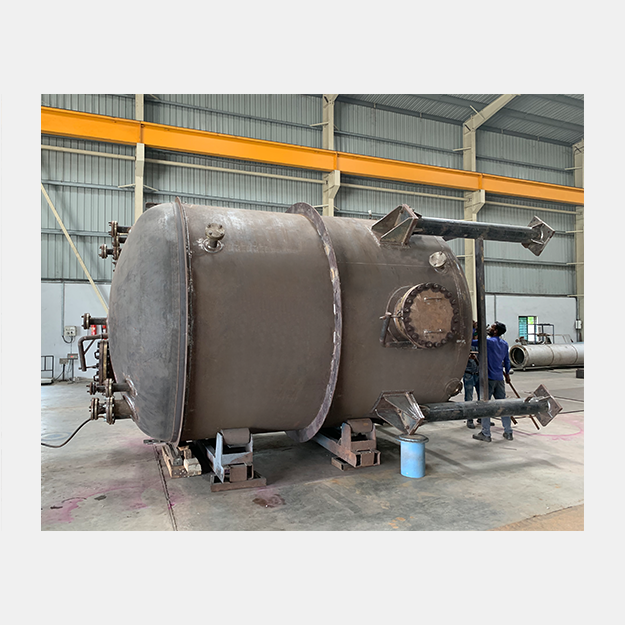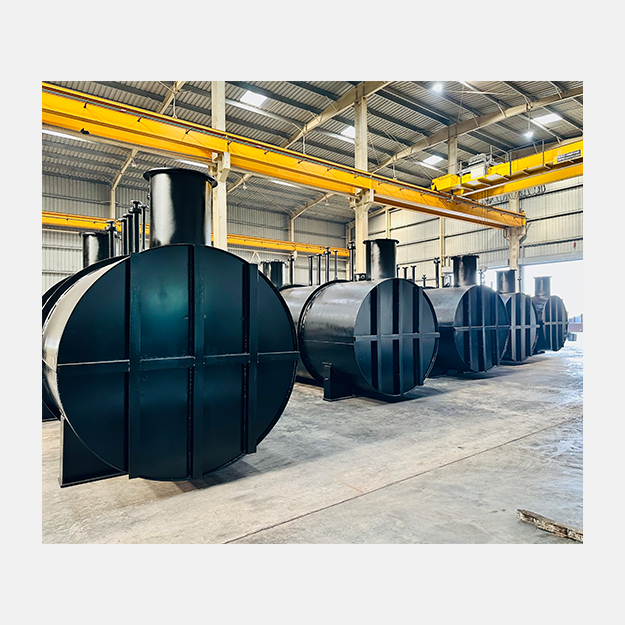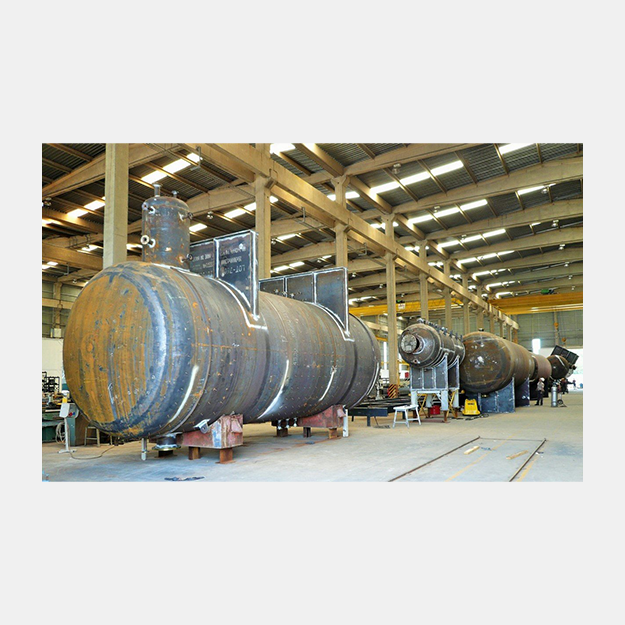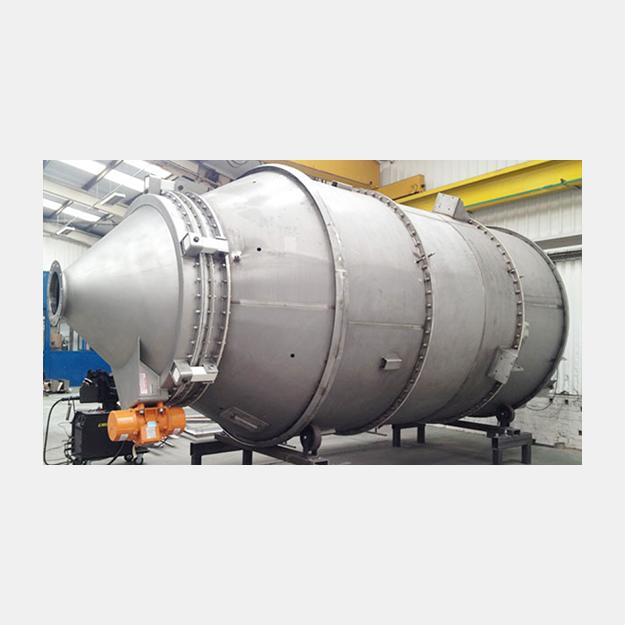Pressure Vessel
Pressure Vessel
Pressure vessel specification
- Available Size : 50-50,000 Liters
- MOCs : IS 2062 / SA 516 GR 70 / SA 36 / 304 / 316 / 316l / 316 TI etc.
- Thickness : 3mm - 60 mm
- Accessories : Pressure Gauge, Safety Valve, Drain valve and all other accessories.




Pressure Vessel :
A pressure vessel is a specially designed container used to store gases or liquids under pressure significantly different from ambient conditions. These vessels are essential across multiple industries, valued for their robust construction and ability to withstand extreme pressures.
Manufacturing Excellence :
Pressure vessel manufacturer in India, specializes in high-quality, ASME-compliantpressure vessels designed for various applications.
Applications & Industries:
Pressure vessels play a vital role in industrial and domestic applications, including:
- Industrial Use: Compressed air receivers, boilers, distillation towers, autoclaves, and pressure reactors.
- Energy & Processing: Mining operations, oil refineries, petrochemical plants, and nuclear reactors.
- Specialized Environments: Submarine and spacecraft habitats, recompression chambers, and atmospheric diving suits.
- Storage & Transport: High-pressure gas storage for ammonia, chlorine, LPG (propane, butane), and other liquefied gases.
- Mechanical Systems: Pneumatic and hydraulic reservoirs, as well as airbrake reservoirs in rail and road vehicles.
With their versatile applications and critical importance, pressure vessels are indispensable to modern industrial operations.
























































